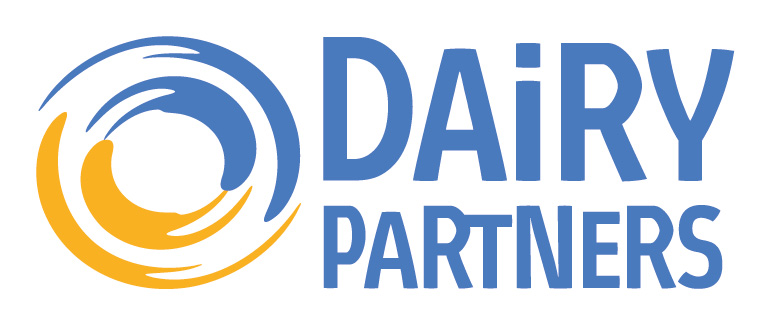Title Page
-
Conducted on
-
Prepared by
-
Location
-
Auditor's signature : I agree with the audit findings
-
Auditee's name
-
Auditee's Job title
-
SOI<br>All production and product-handling equipment shall be suitable for the intended purpose and shall be used to minimise the risk of contamination of product.
4.6.1 Documented purchase specification for any new equipment
-
There shall be a documented purchase specification for any new equipment detailing the site requirements for the equipment. This may, for example, include:
-
any relevant legislation
-
where applicable, requirements for food contact surfaces to meet legal requirements
-
details of intended use of the equipment and the type of materials it will be handling.
-
Depending on its intended use, new equipment to site (including second-hand equipment) may require authorisation from a multi-disciplinary team.
-
The supplier should provide evidence that equipment meets these site requirements prior to supply.
4.6.2 Design and construction of equipment
-
The design and construction of equipment shall be based on risk, to prevent product contamination. For example, the use of the correct seals, impervious surfaces or smooth welds and joints, where they are exposed to product and could otherwise result in foreign-body, microbiological or allergen contamination of the product.
-
Equipment that is in direct contact with food shall be suitable for food contact and meet legal requirements where applicable.
4.6.3 Commissioning of new equipment to site
-
A documented, risk-based commissioning procedure shall be in place to ensure that food safety and integrity is maintained during the installation of new equipment to site.
-
Installation work shall be followed by a documented hygiene clearance procedure.
-
New equipment to site shall be inspected by an authorised member of staff before being accepted into operation.
-
The commissioning procedure shall include the update of any other site procedures that are affected by the new equipment, for example, training, operating procedures, cleaning, environmental monitoring, maintenance schedules or internal audits.
-
The design and placement of equipment shall ensure that it can be effectively cleaned and maintained.
4.6.4 Movement of static equipment in production areas
-
A procedure shall be in place to manage the movement of static equipment in production areas, to ensure that food safety is managed and the integrity of the equipment is maintained.
4.6.5 Equipment not in use
-
Equipment that is not used or is taken out of service shall be cleaned and stored in a manner that does not pose a risk to the product.
-
Equipment stored in internal production and storage areas shall be kept clean.
-
Food contact equipment that has been stored but is not in daily use shall be cleaned and, where necessary, disinfected prior to use.
4.6.6 Mobile equipment
-
Mobile equipment (e.g. forklift trucks, pallet trucks, scissor lifts and ladders) used in open product areas shall not pose a risk to the product.
-
Where the use of mobile equipment in external areas cannot be avoided and poses a risk to the product, the equipment shall be cleaned and disinfected prior to entering production areas.
4.6.7 Battery-charging equipment
-
Battery-charging equipment shall not be stored in open product areas (unless the batteries are fully sealed and/or maintenance-free) or where there is a risk to products.














